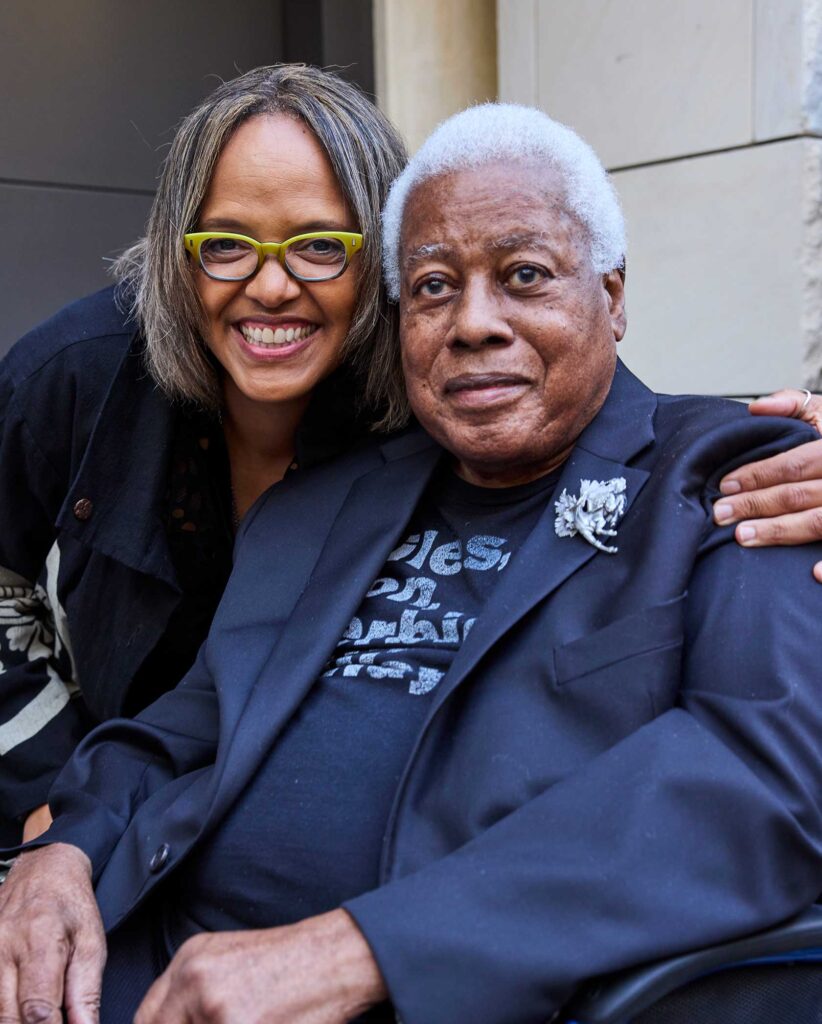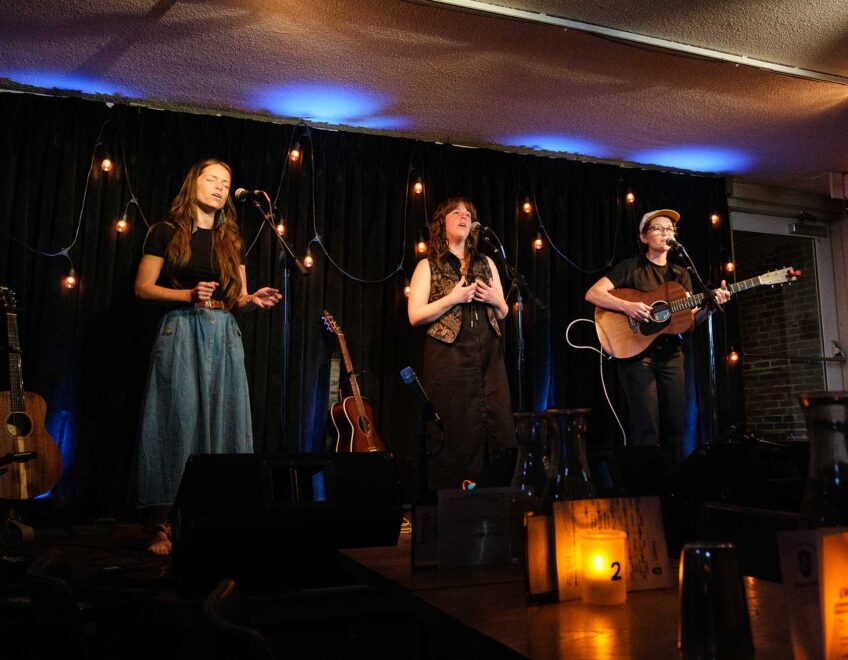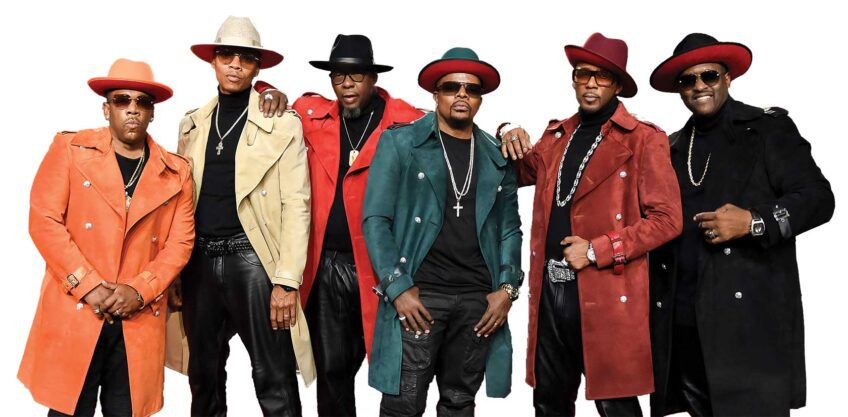Farewell to the legendary Wayne Shorter
Grammy-winning saxophonist, was 89

Wayne Shorter, the great composer and musician, died on March 2, leaving behind
a stunning legacy.
His work was nurtured initially in a childhood spent in Newark, New Jersey, where he attended the Mount Zion Baptist Church and could hear Sarah Vaughan, who began singing there early on.
Remarkably, Shorter’s entire life was spent evolving, while integrating experiences that deeply informed each new stage. His harmonious songs benefit from each period of time in great bands: Art Blakey’s Jazz Messengers and the Miles Davis Quintet.
Independently, Shorter released albums for the Blue Note label, including “Night Dreamer” (1964), “Speak No Evil” (1966) and “Super Nova” (1969). New York Times critic Ben Ratliff included “Speak No Evil” in his publication, “Jazz: A Critic’s Guide to the 100 Most Important Recordings,” stating that it offers “the first taste of a gnomic compositional style that would haunt jazz forevermore. […] Just about everybody playing jazz born in the 1950s and after accepts it as a foundation.” It was recorded with trumpeter Freddie Hubbard, pianist Herbie Hancock, bassist Ron Carter and drummer Elvin Jones. All of its compositions were written by Shorter.
A hallmark of Shorter’s achievement is his influence on other musicians. Renowned sax player, composer and musician Kenny Garrett told the Banner, “Wayne Shorter was a true improviser without a net. He would just get to the bandstand and press ‘play,’ from Art Blakey and the Jazz Messengers to Miles Davis to Weather Report to the Wayne Shorter Group.”
Helping to inspire Shorter, in part, was his practice of the Soka Gakkai form of Buddhism, introduced to him by his second wife, Ana Maria Patricio, according to the Guardian. The Soka Gakkai website notes that a key concept in the practice is “‘human revolution’ — the idea that the inner transformation of an individual will cause a positive change in their circumstances and ultimately in society as a whole.”
Shorter’s achievement as a composer was made possible by his generous, ongoing collaboration with leaders in music throughout the years. With Miles Davis, he recorded “ESP” (1965) “Miles Smiles,” “Sorcerer” and “Nefertiti” (all 1967). Herbie Hancock, Ron Carter and the drummer Tony Williams appear on each of those albums.
With the group Weather Report, co-founded in 1970 with the Austrian keyboardist Joe Zawinul, Shorter and his fellow musicians utilized synthesizers and built a foundation of what has come to be called fusion.
Shorter demonstrated better than most musicians the power of jazz to evolve; and, in each iteration of his work showed that the music kept springing anew. He was always reinventing himself while remaining utterly true to his identity.
Through his 80s, he continued to work with younger musicians. In 2023, having already won 12 Grammy awards, he was nominated in the category of Best Jazz Instrumental Album for “Live at the Detroit Jazz Festival,” a collaborative live album with Terri Lyne Carrington, Esperanza Spalding and Leo Genovese. Released in September 2022, the album was recorded in 2017.
Writer and podcast host Keanna Faircloth told the Banner, “I moved to the New York area just before the pandemic. I was at Webster Hall at the NYC Winter JazzFest, and I’ll never forget when The Revive Big Band conducted by Igmar Thomas broke out with one of the most fiery and soulful renditions of ‘Speak No Evil’ I’d ever heard. It felt like Wayne Shorter himself was personally welcoming me to the New York jazz scene.”
The next generation of musicians continues Shorter’s journey. Boston-based saxophonist Gregory Groover Jr., still in his late 20s, told the Banner, “I remember very vividly exactly where I was the first time I heard ‘Witch Hunt’ from the album ‘See No Evil.’ It was in my 10th grade year of high school, and I was completely ‘What is this?!’ It was incredible! I’d never heard anything like it in terms of composition. It was a vivid example of how you can write music that tells a story, and I was in awe of it, and a little bit mesmerized. Wayne Shorter was actually the reason I switched to tenor sax! And when I think of what happened in my life because of his music as a result!”
Famously, Shorter said it best: In an interview with Tavis Smiley in 2014, when asked how much his quartet rehearses, Shorter replied, “How do you rehearse the future?”






